| Friday, November 18, 2022 | |
Innovation Showcase |
|
| 10:00 | Time to Collaborate. SubFAB Research and Development |
Ilya Zabelinsky, Co-Founder, ISRL Time to Collaborate. SubFAB Research and Development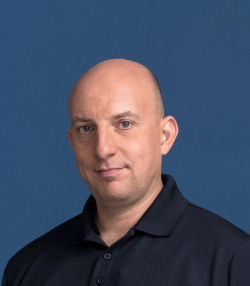
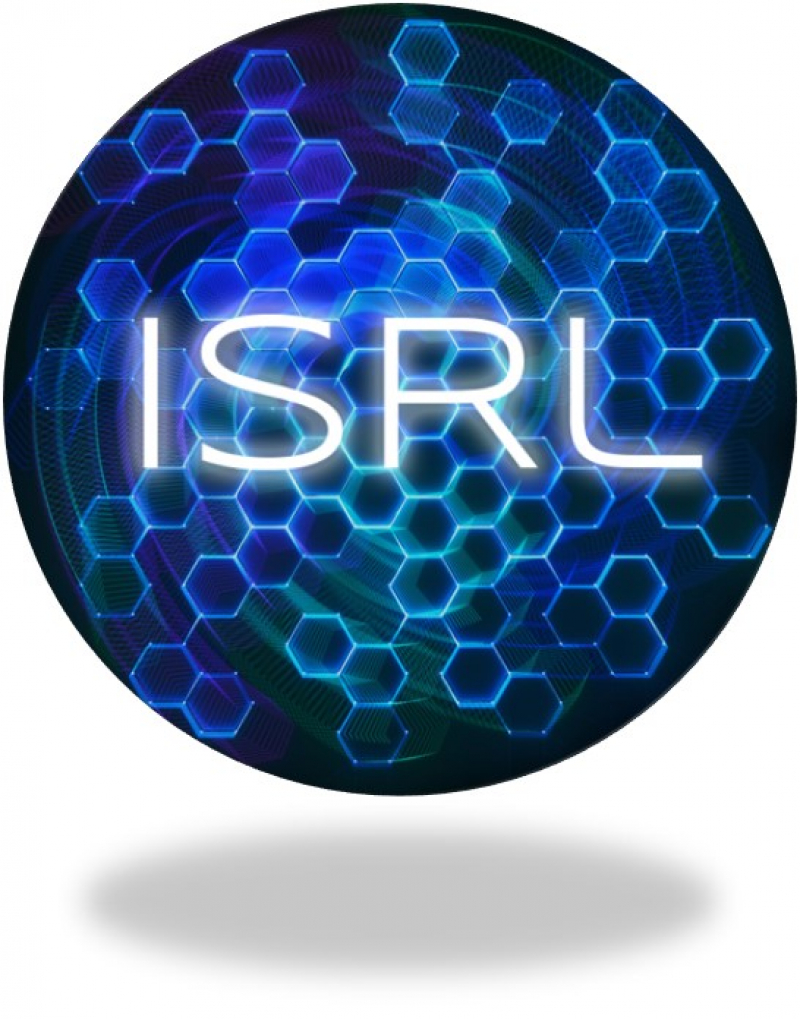 Abstract Biography |
|
| 10:15 | Keep It Simple & Save (KISS) in Burn-In Operations |
Joe Tan, Founder & Managing Director, MSV Systems & Services Pte Ltd Keep It Simple & Save (KISS) in Burn-In Operations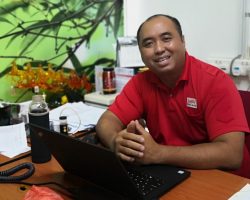
 Abstract Biography |
|
| 10:30 | Intelligent wafering: how to widen the bottleneck in semiconductor substrate manufacturing |
Ivan Orlov, CEO, Scientific Visual S.A. Intelligent wafering: how to widen the bottleneck in semiconductor substrate manufacturing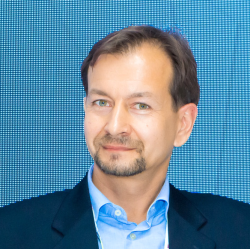
 Abstract Biography |
|
| 10:45 | New Metrology Technique for Measuring Patterned Wafer Geometry on a full 300mm wafer |
Jan Gaudestad, VP Business Development, Wooptix New Metrology Technique for Measuring Patterned Wafer Geometry on a full 300mm wafer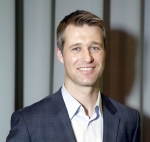
 Abstract Biography |
|
| 11:00 | Minimizing Execution Risk in Test Solution Development Projects with a Technical Project Lead |
David Ducrocq, Application Test Technical Leader, TERADYNE Minimizing Execution Risk in Test Solution Development Projects with a Technical Project Lead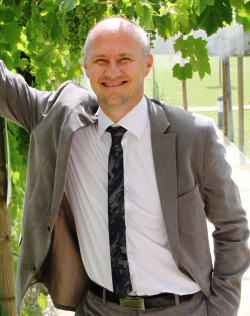
 Abstract Biography |
|
| 11:15 | Wafer contamination detection: an unsupervised learning approach |
Reza Hajiahmadi, Data scientist, ASML Wafer contamination detection: an unsupervised learning approach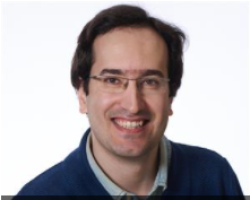
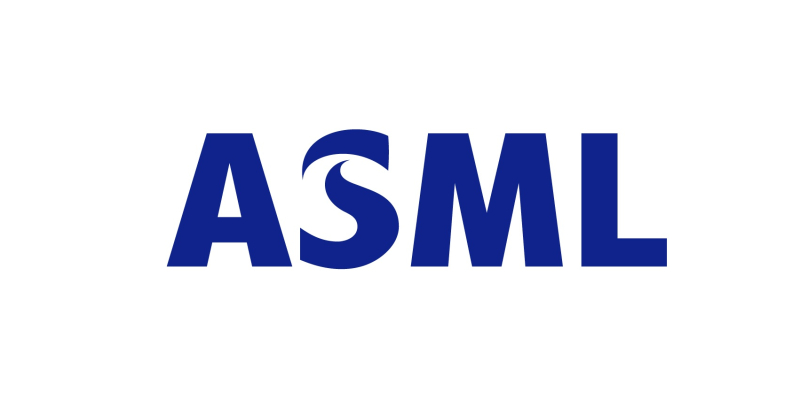 Abstract Biography |
|
| 11:30 | Spectral Interferometry (SI) And Vertical Traveling Scatterometry (VTS) Technology For Advanced Metrology Of Back-End-Of-Line (BEOL) Manufacturing Process Steps |
Dana Szafranek, Algorithm scientist, Nova Ltd Spectral Interferometry (SI) And Vertical Traveling Scatterometry (VTS) Technology For Advanced Metrology Of Back-End-Of-Line (BEOL) Manufacturing Process Steps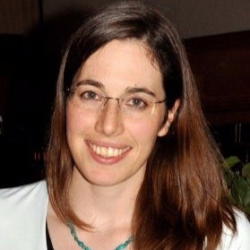
 Abstract Biography |
|
| 12:00 | Technology that makes Technology Sustainable |
Claire HyunJung Seo, Corporate Vice President DS Corporate Sustainability Management Office, Samsung Electronics Technology that makes Technology Sustainable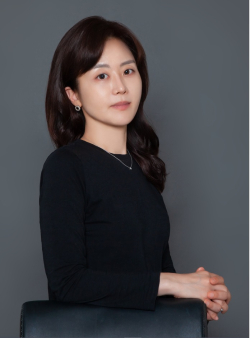
 Abstract Biography |
|